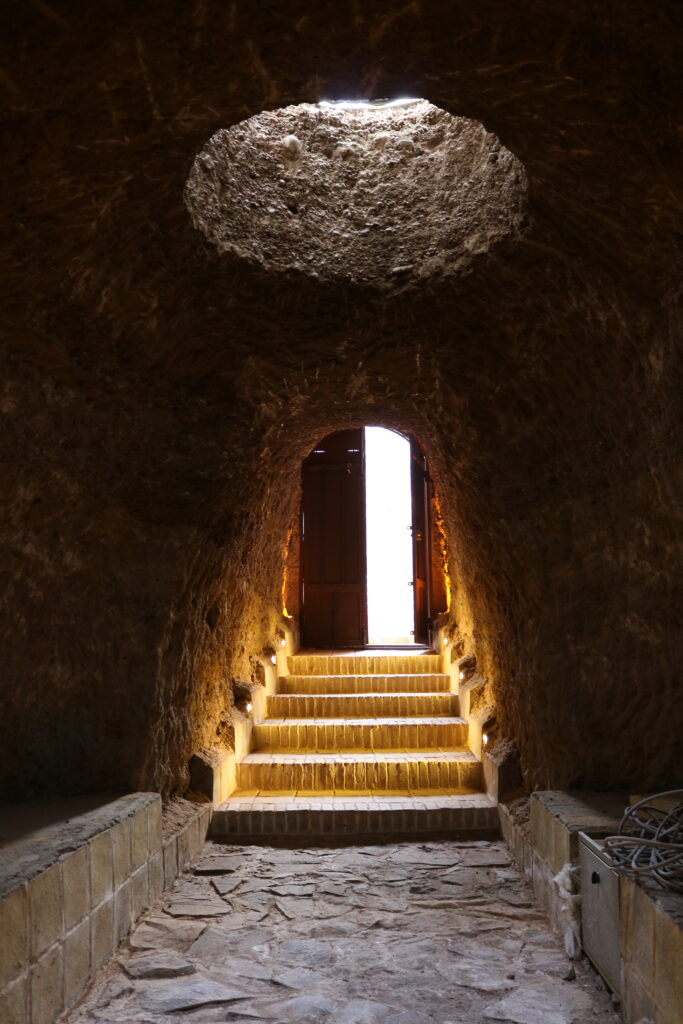What about the museum?
Museums are obviously fantastic places; where, you can have hands-on experience about what a historical event or cultures related to it had been.
In our complex, the section dedicated to museum is what we are proud to host our guests in.
Variety of tools and equipments have been included in Ganjineh Qanat Ardakan’s museum for you to understand how these fantastic qanats have been created and how their expert architects (Moghanians) lived beside their decision to build such masterpiece.
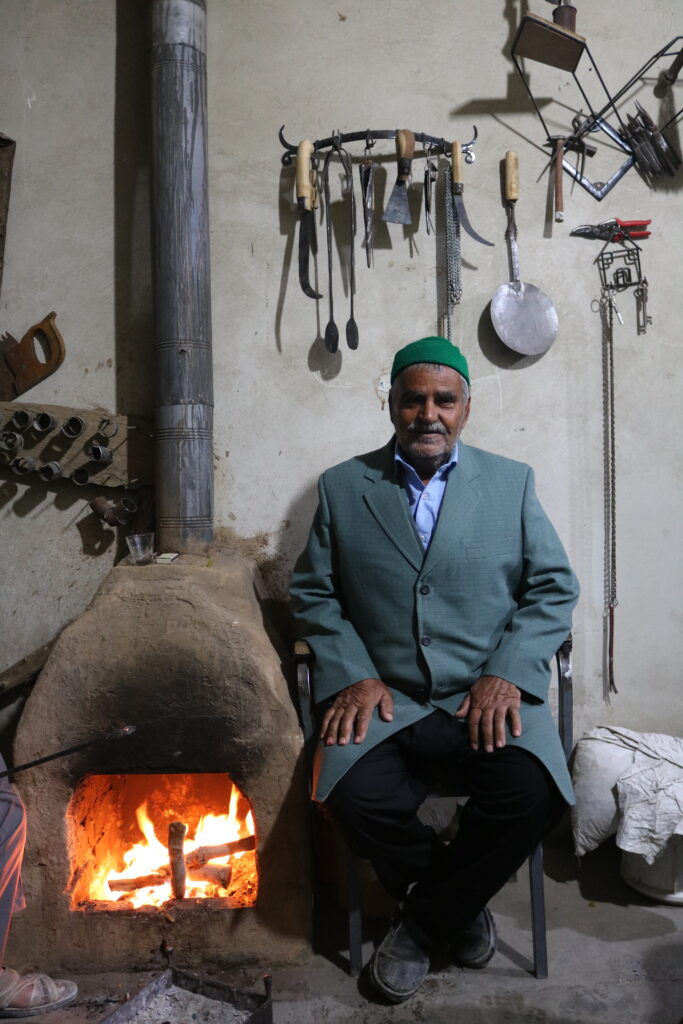
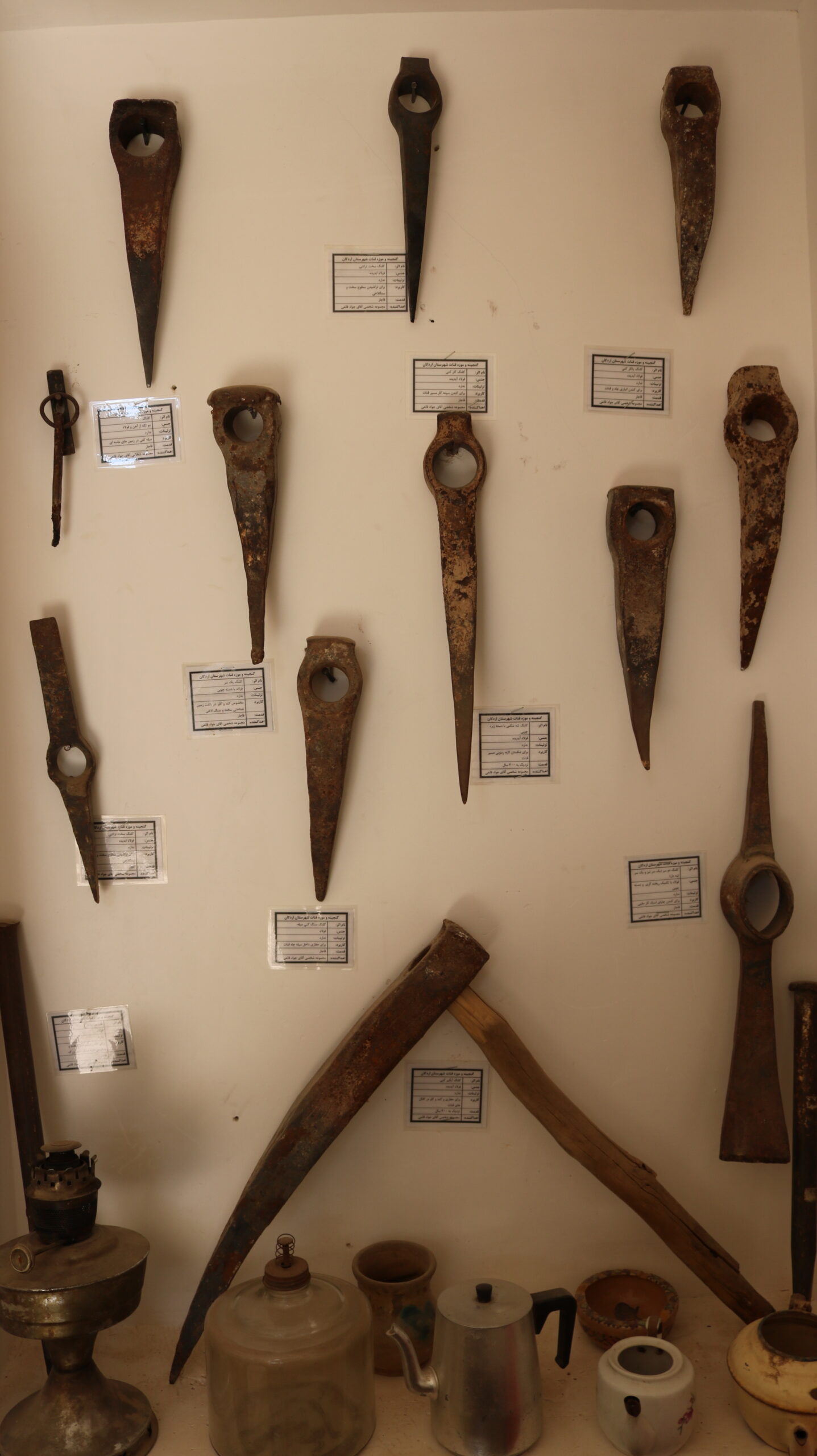
It's about education
Educating our guests about qanats and kariz civilization is our top priority. That is why everything in our complex (museum included) is as authentic as possible for you to enjoy and learn about
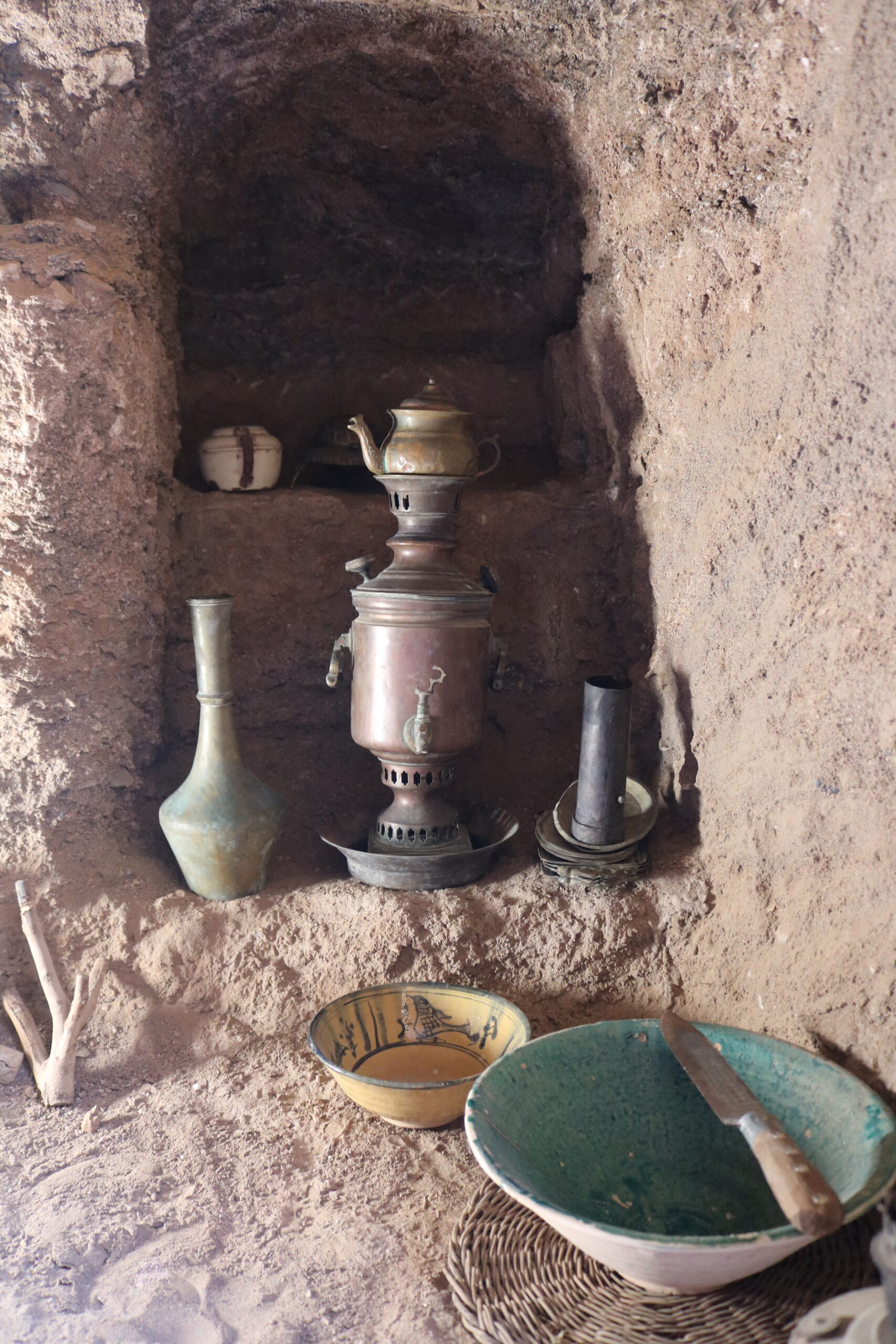
Featured in tours
There is no way that any guests have visited us without visiting our museum. Be sure that all of your visits to our complex includes a visit to our museum section that will absolutely delight you of the history of qanats
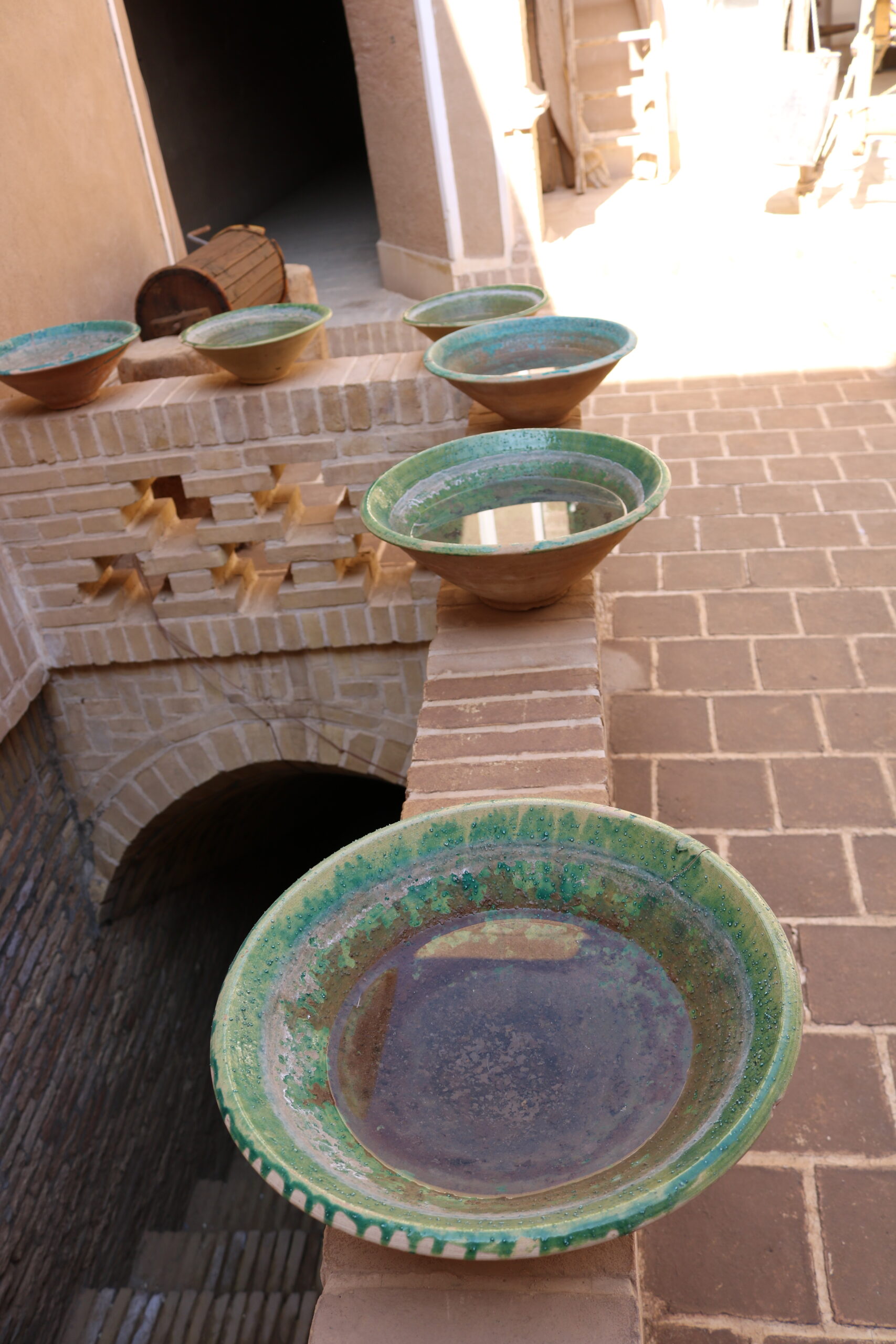
Expert staff
All of our museum staff are enthusiasts who love educating our guests with historical events, qanat's structure and history, and all about Moghanians life-style and their equipment

Glimpse of history
We preserve all of our tools and objects that has been used by Moghanians to build these Qanats
We would love to include some information about the builders of qanats (or in other words Moghanians) in this page for you to have a better understanding of the history behind qanats
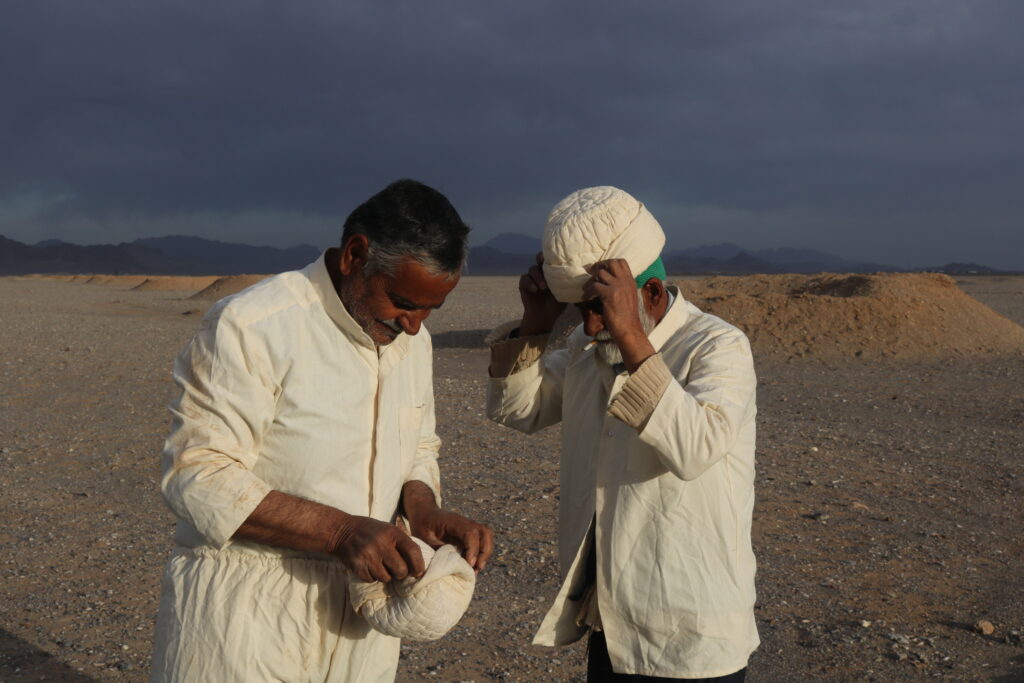
Who are Moghanians?
Moghanians are the experts that used to create a special water-collecting and water-distributive structures that are known by names like Qanat, Kariz, and Aqueduct. Through out this website, there are many different explanations about qanats or karizes, so in thispart we will tell you about Moghanians or Moghanas specifically.
It’s known that Moghanians had accommodation in the structures themselves (the qanats) and due to the difficulty of creating a kariz, there were some equipment and tools involved in the process of doing such hard task; many of which, is being exhibited in our own facility.
Moghanians also had their own survival life-hacks and life-style, with which they would be able to eat well, have enough energy, and stay efficient.
Their diet must have been special!
At sunset and at the end of the day, after hours of exhausting work in qanats, it is time to rest. This break time from work is sometimes accompanied by cooking a certain bread called Latir.
Latir is a type of bread that is more common among Moghanians, and its difference from other types of bread is not having yeast in it and it takes less time to be ready to serve.
Latir is prepared by mixing flour with water and some salt and sometimes using herbals such as mint, cumin and coriander. And in final, the obtained dough is cooked on a special Tava.
In the past, due to the long distance between Moghanians’ workplace and their houses; plus, the difficulty of commuting, Bukans were dug underground as a space for sleeping and cooking.
During the hours of working in qanats, the responsibility of preparing food and bread was on Moghanian’s shoulder himself.
The food of Moghanians were usually Kaljoosh (a type of soup), Abgousht (a rich meal with mostly read meat), Arde Shire (sesame butter mixed with a specific syrup extracted from grapes called Sheereh), Ashkeneh Arde (a meal that has sesame butter, sheereh, and hot water), or Ashkeneh of eggs (a meal with that includes, onions, water, cooking oil, tomatoes, potatoes, eggs, with spices such as, turmeric and savory). A part of the bukan was used to store some food items such as eggs and dried curd, and the rest of the perishable items such as meat were stored in the colder places like the well shaft.
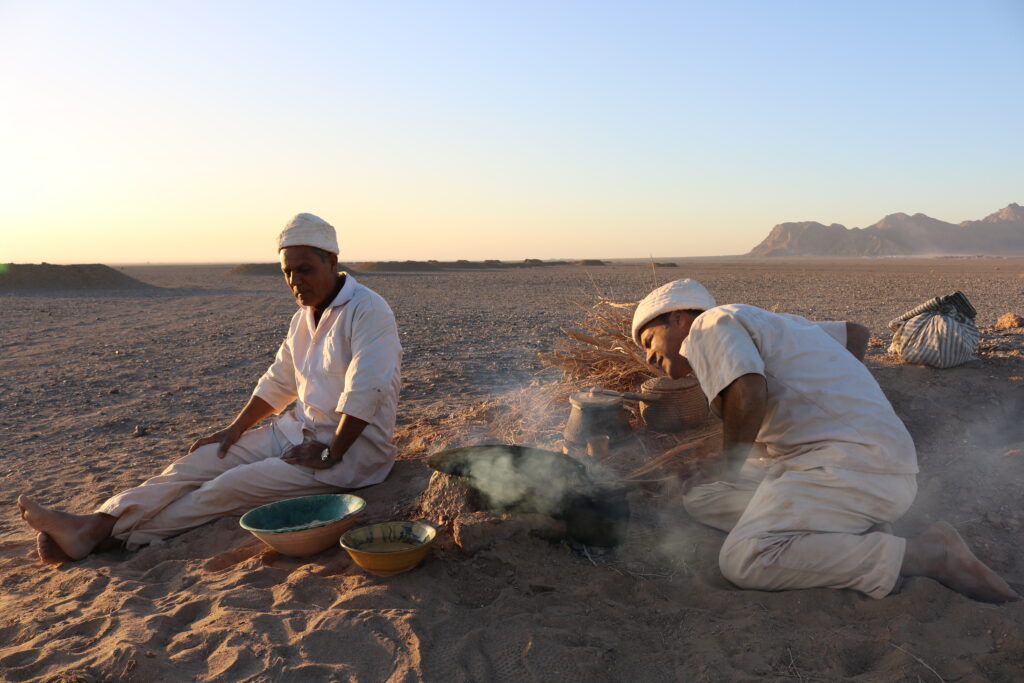
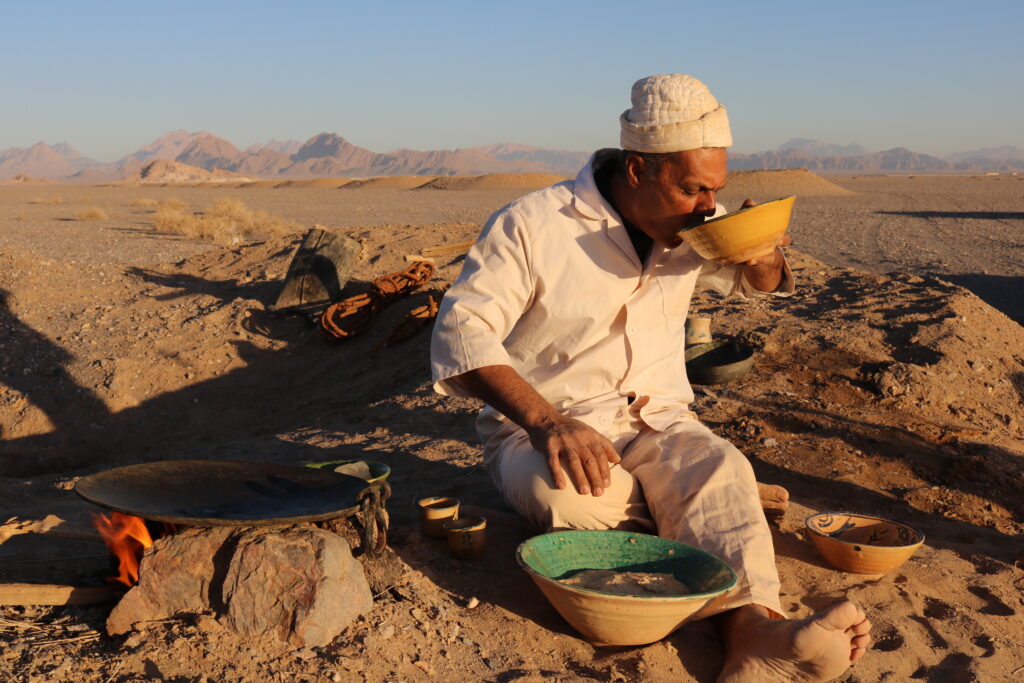
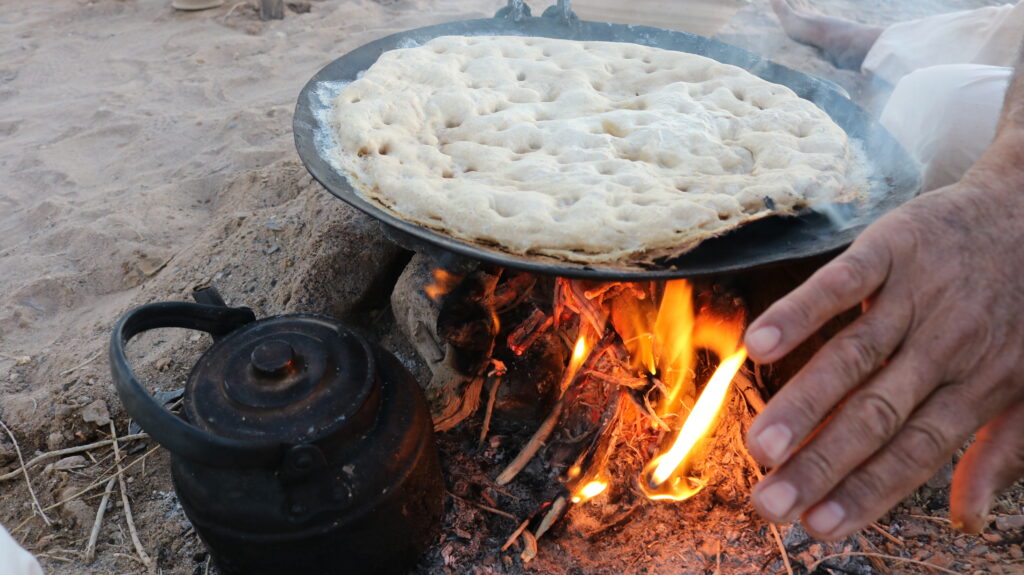
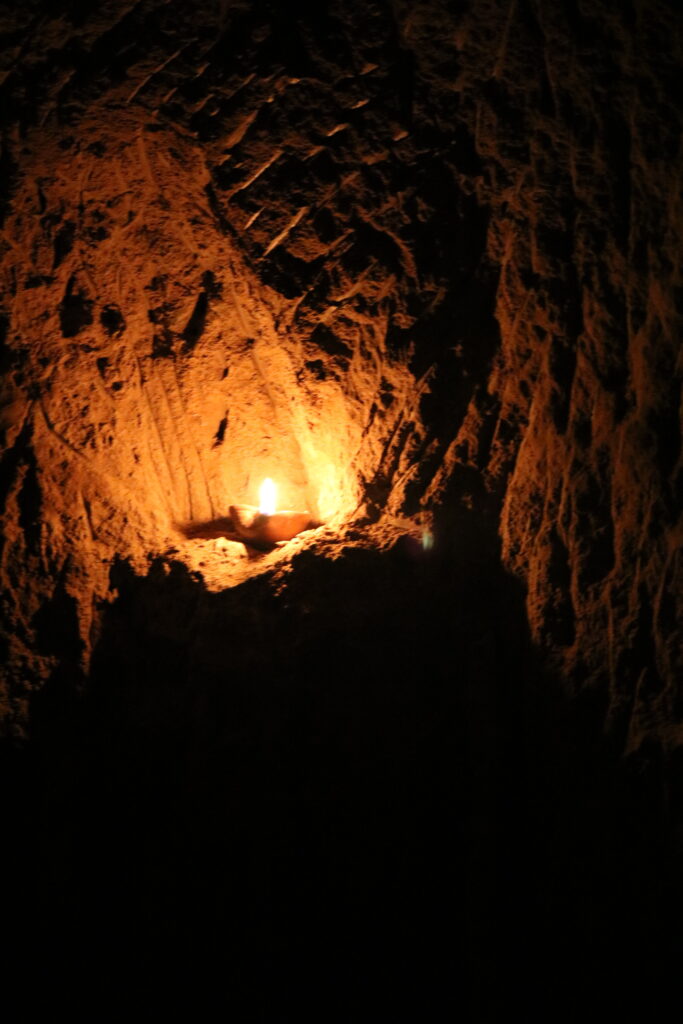
How could they see in dark?
You might have heard of numerous scientists and researchers that used some kind of oil-burning object called oil-burning lamps or oil lamps to read books, study and to do experiments.
Moghanians as the definite architects of qanats, used a similar piece of equipment, namely tallow lamp, for the same purpose as scientists before.
Some of the more technical information about tallow lamp are as below.
The tallow lamp is perhaps the oldest companion of a Moghanian in the depth of the ground. As it is said, its use was common from the Achaemenes period to the first Pahlavi period.
The dent of the bowl, like a tallow lamp, is actually an oil and fuel tank, and the narrow and elongated shape of its edge makes it possible to keep the wick of the lamp stable.
In the walls of many qanat, you can still see the concavity created to place the lamp and the soot caused by its burning.
In the darkness under the ground, light and illumination are the most basic needs, and the tallow lamp, with its simple use and always available fuel, has been a suitable option for the humid environment of the qanats.
The next generation of lamps used by Moghnians were oil lamp and carbide lamps, and tallow burners gradually fell from convention.
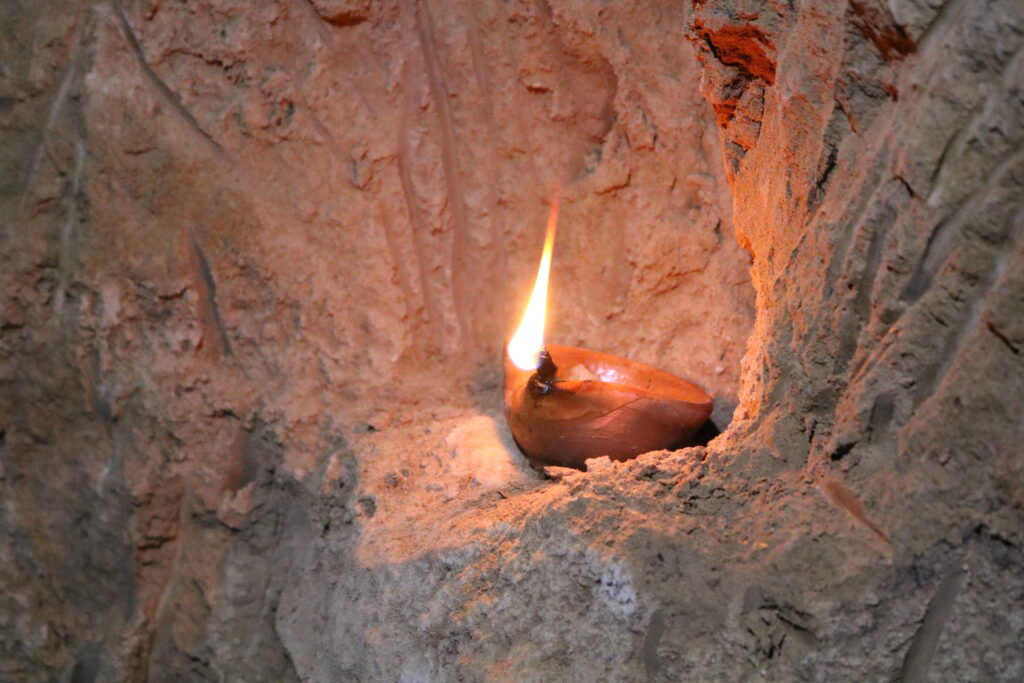
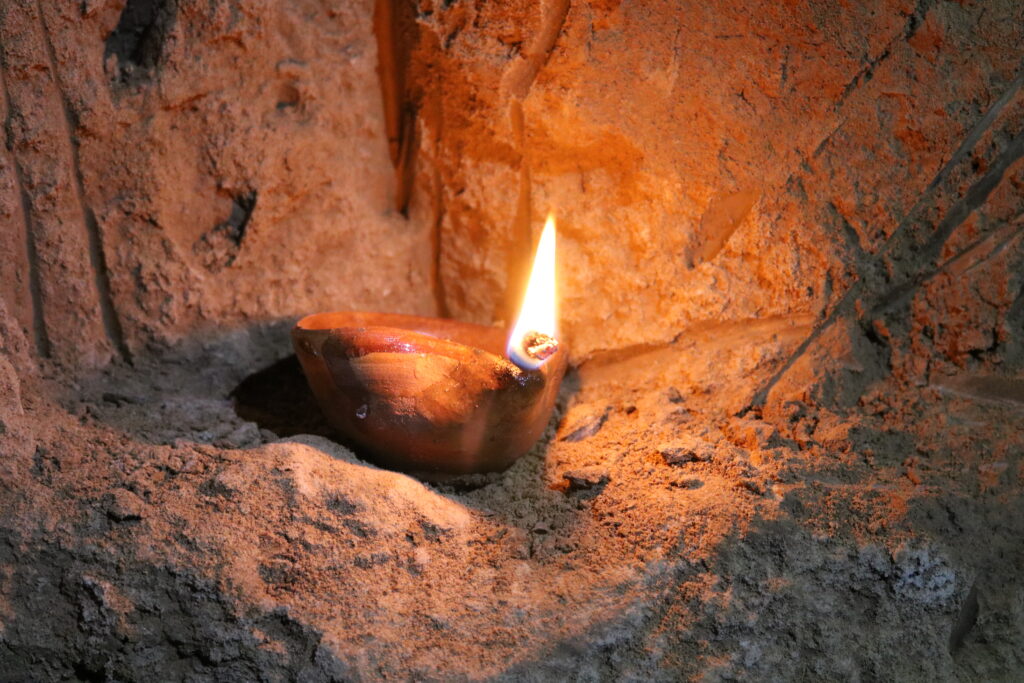
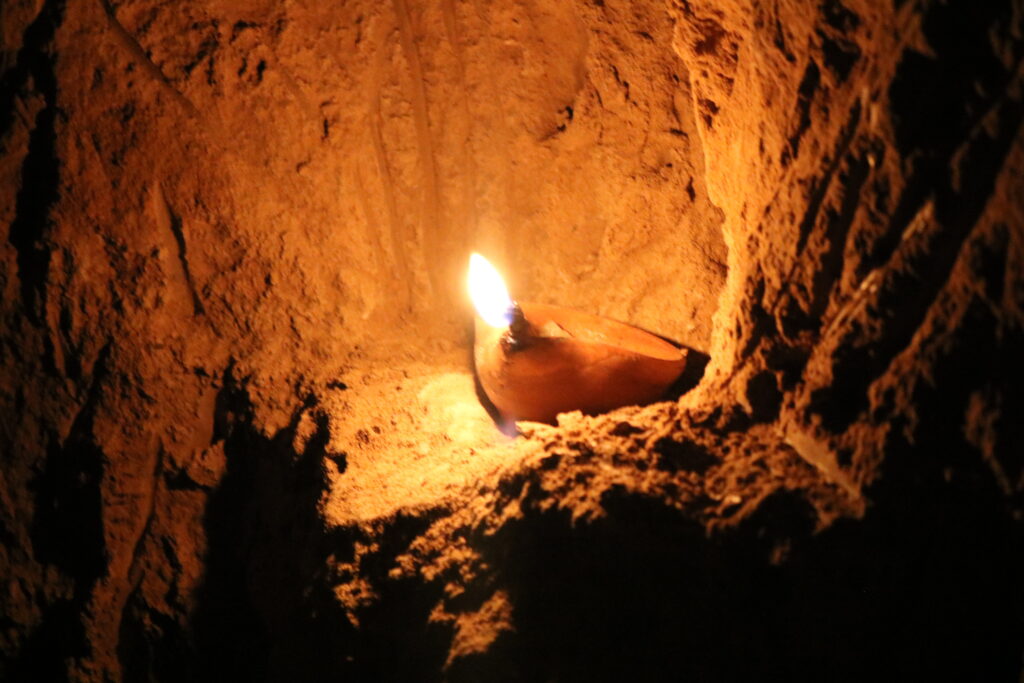
Break time in the desert
The term Bukan among the Moghanians of Yazd and Ardakan is said to refer to an underground space that was the resting place of the Moghanians during their break time.
In the past, due to the difficulty of commuting between work and life, this space has been used for sleeping, preparing food, forging and repairing work tools.
Each working shift is called “Gor”, which is about 6 hours. Normally, two people worked in the kariz and the other two would rest in bukan.
The arrangement of the space in bukans depended mostly on the personal reference, and parts of it were considered for storing personal belongings and sleeping equipment.
Due to being lower than the surface, Bukens are warm in winters and cooler than the ambient temperature in summers.
There are still a large number of these valuable spaces left in Ardakan, which are a symbol of native architecture and adaptation to the climate, which are unique and intelligently built.
